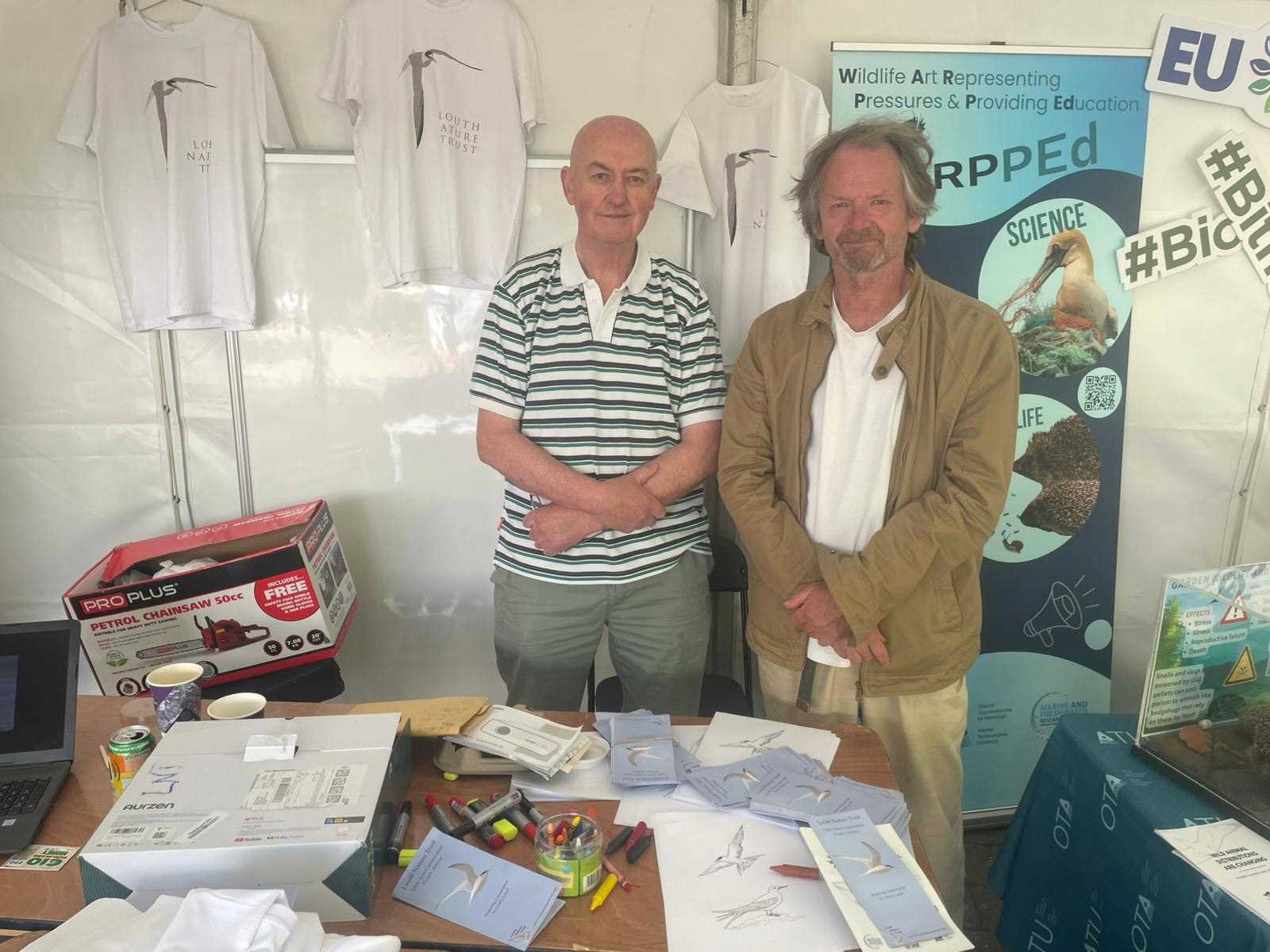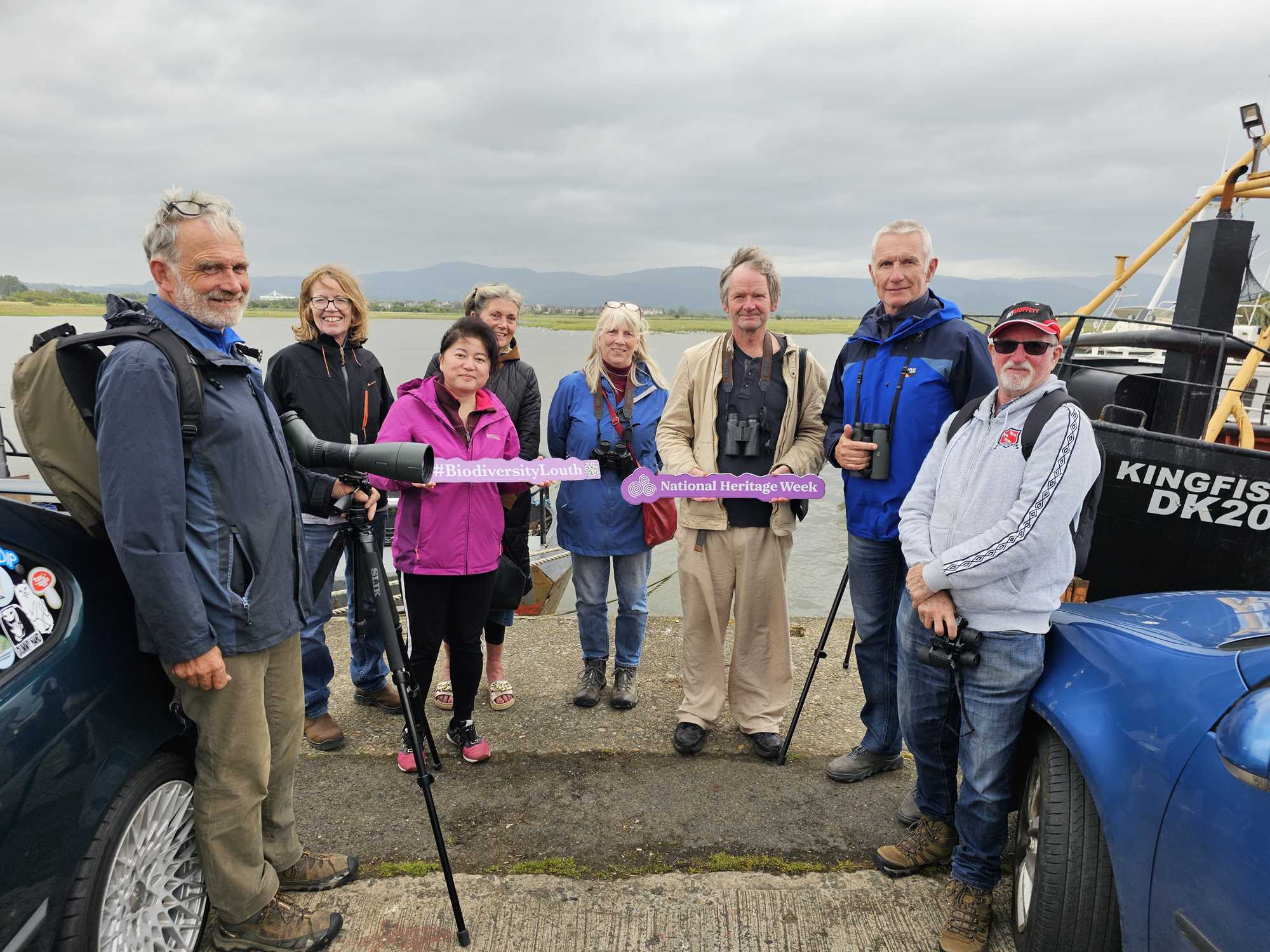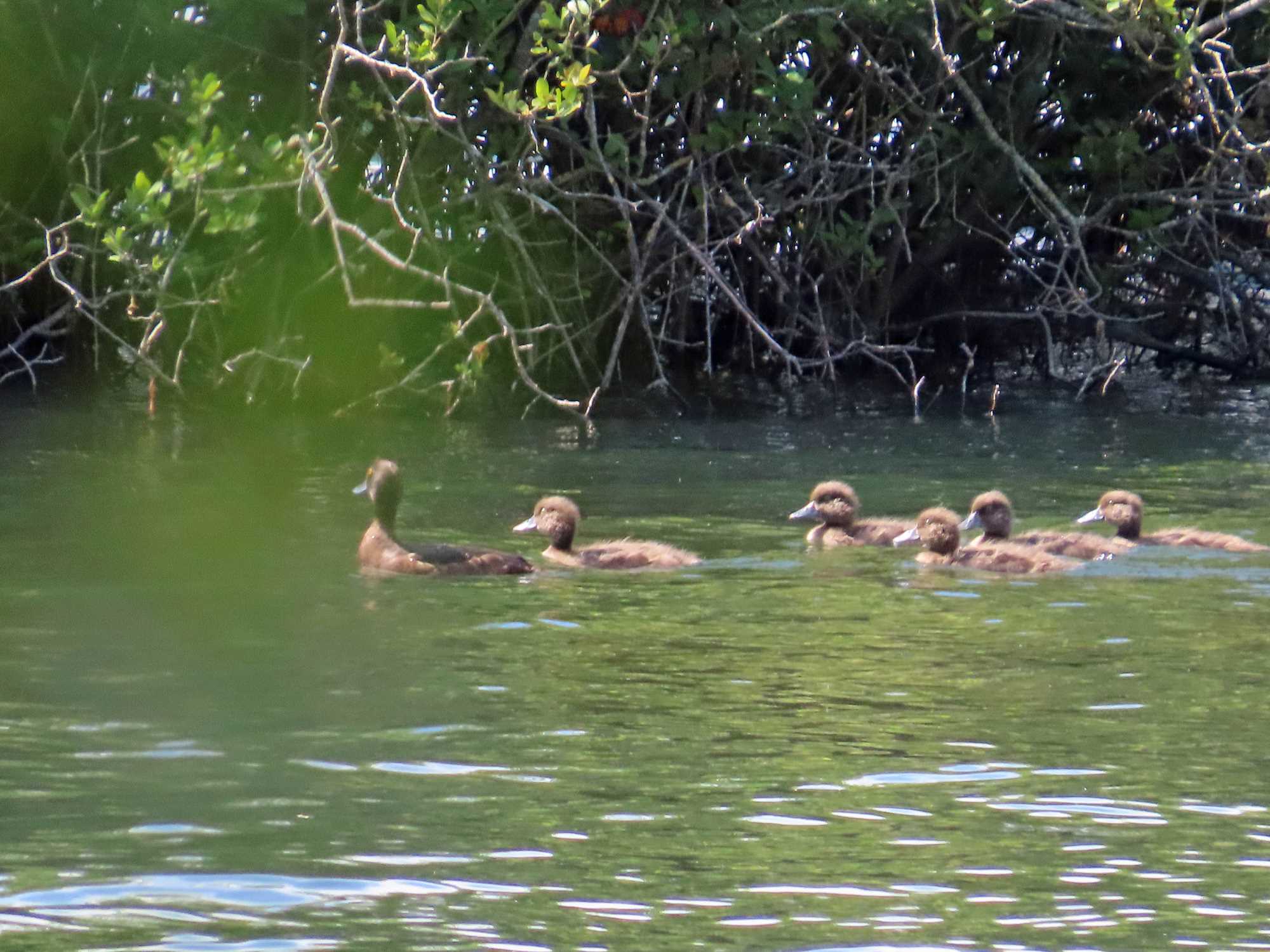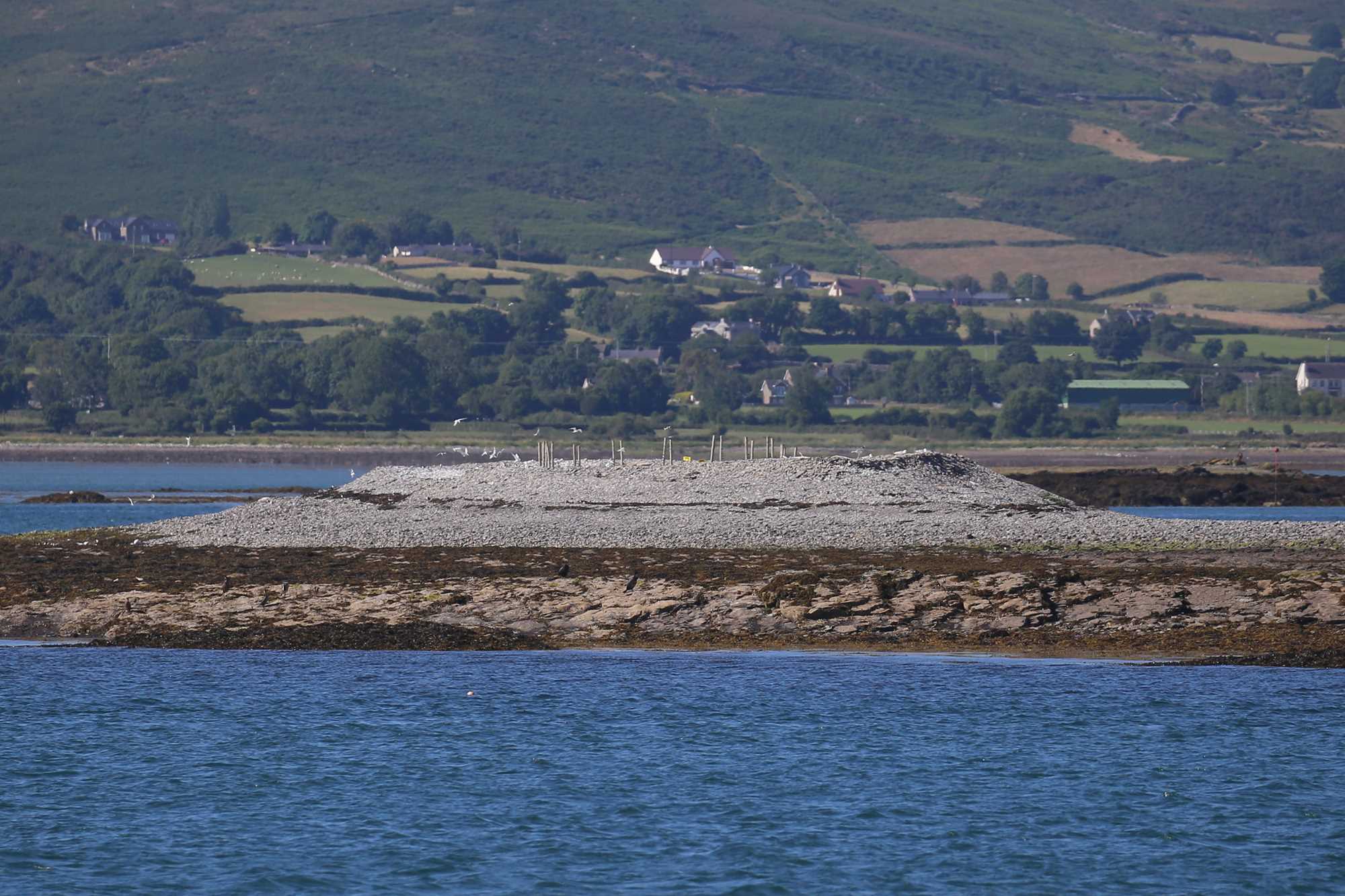Section 40 of the Wildlife Act 1976 prohibits the cutting, grubbing, burning or other destruction of vegetation growing on “any land not then cultivated” between 1st March and 31st August annually.
This is to protect bird life during the nesting season, to help prevent forest fires, and to protect vegetation and wildlife habitats during the months of growth and reproduction.
The legislation allows for some limited exemptions. For business, landowners and the general public the most notable of these exemptions are:
- The destruction, in the ordinary course of agriculture or forestry, of any vegetation growing on or in any hedge or ditch.
- The clearance of vegetation in the course of road or other construction works or in the development or preparation of sites on which any building or other structure is intended to be provided;
- The felling, cutting, lopping, trimming or removal of a tree, shrub, hedge or other vegetation pursuant to section 70 of the Roads Act 1993.
Suspected breaches of Section 40 of the Wildlife Act can be reported to WildlifeEnforcement@npws.gov.ie or your local NPWS office (see: Contact Us). Breaches of Section 40 of the Wildlife Act constitute a wildlife crime and may result in prosecution.
According to Section 22 of the Wildlife Acts it is also a criminal offence to wilfully destroy, injure, or mutilate the eggs or nest of a wild bird or to wilfully disturb a wild bird on or near a nest containing eggs or un-flown young birds at any time of the year.
The Wildlife Act 1976 is available to view and download.







